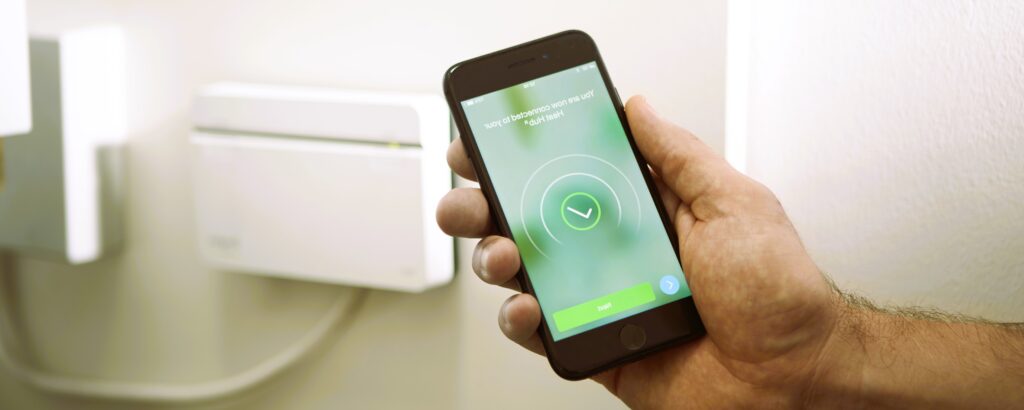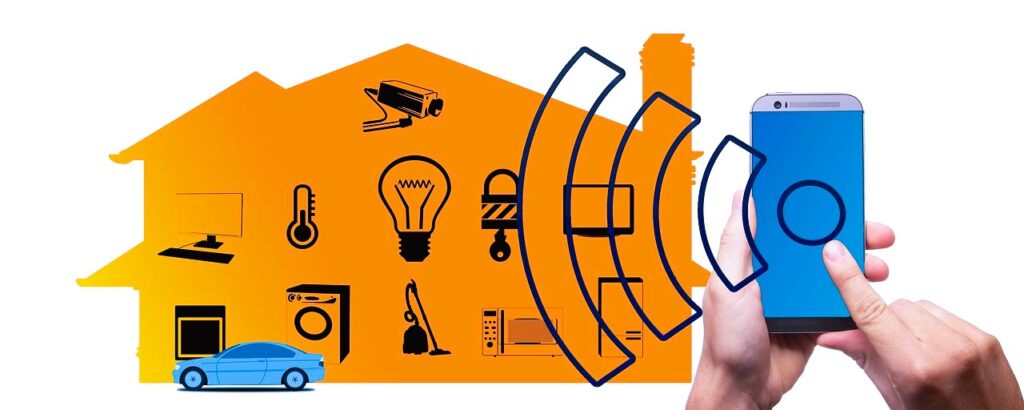Installing a smart home heating system is an exciting step towards a more efficient and comfortable living environment. By leveraging advanced technologies and automation, these systems revolutionize the way we heat our homes. If you’re considering installing a smart home heating system, here are some tips to ensure a seamless transition and maximize the benefits of this innovative technology.
- Assess Your Heating Needs and Goals
Before diving into the installation process, take the time to assess your heating needs and goals. Consider factors such as the size of your home, the number of rooms, and the current heating system in place. Determine your objectives, whether it’s improving energy efficiency, enhancing comfort, or integrating with other smart home devices. Understanding your needs will guide you in selecting the right smart home heating system for your specific requirements.

- Research and Select the Right System
With numerous smart home heating systems available on the market, it’s essential to conduct thorough research and select the one that best suits your needs. Look for systems that offer the features you desire, such as remote control, programmable schedules, and compatibility with other smart devices. Read customer reviews, consult experts, and compare different brands to make an informed decision. Additionally, ensure that the system you choose aligns with any energy efficiency standards or regulations in your area.
- Plan the Installation Process
Proper planning is crucial for a smooth installation process. Create a detailed plan that includes the scope of work, necessary tools, and a timeline. If you’re not confident in your installation skills, consider hiring a professional HVAC technician who is experienced in smart home heating systems. They can ensure that the system is installed correctly and provide guidance on any additional requirements or considerations specific to your home.
- Ensure Compatibility and Connectivity
Before proceeding with the installation, verify the compatibility and connectivity requirements of the smart home heating system. Ensure that your existing heating infrastructure, such as boilers, radiators, or heat pumps, can integrate seamlessly with the smart system. Check if the system requires any additional hardware, such as smart thermostats or sensors, and ensure they are compatible with your heating equipment. Also, ensure a stable and reliable internet connection to enable remote access and control features. How to understand the thermal characteristics of windows? Read more here.
- Follow Manufacturer’s Instructions
During the installation process, it is crucial to carefully follow the manufacturer’s instructions. Each smart home heating system may have specific installation requirements and guidelines. Familiarize yourself with the provided documentation, including user manuals, installation guides, and any online resources. Adhering to the manufacturer’s instructions will help ensure a successful installation and avoid any potential issues or complications.
- Configure and Customize Settings
Once the smart home heating system is installed, take the time to configure and customize its settings. Connect the system to your home’s Wi-Fi network and follow the setup instructions provided by the manufacturer. Set up user profiles, establish temperature schedules, and explore additional features such as energy-saving modes or vacation settings. Take advantage of the system’s capabilities to tailor the heating experience to your preferences and lifestyle.
- Familiarize Yourself with the User Interface
After the installation and configuration, familiarize yourself with the user interface of the smart home heating system. This may include mobile applications, web portals, or dedicated control panels. Understand how to access and adjust temperature settings, monitor energy usage, and utilize any automation or scheduling features. Learning the user interface will ensure that you can fully utilize the system’s capabilities and make the most of its functionality.

To learn more about the field of smart home technology, including standards and practices,you can refer to the relevant Wikipedia page on home automation: Wikipedia – Home Automation.
- Test and Fine-Tune the System
After the installation and initial setup, it’s essential to test the smart home heating system and fine-tune its performance. Monitor the heating patterns, ensure that the system responds accurately to temperature adjustments, and verify the connectivity between the system and any associated smart devices. Make adjustments as needed to optimize comfort and energy efficiency. Remember that it may take some time to fine-tune the system to your preferences, so be patient and make incremental adjustments as necessary.
- Educate Yourself and Seek Support
To fully leverage the capabilities of your smart home heating system, educate yourself about its features and functionalities. Explore the manufacturer’s resources, such as online guides, tutorials, and customer support channels. Stay informed about any software updates or firmware upgrades that may enhance the system’s performance. By staying educated and seeking support when needed, you can ensure that your smart home heating system continues to operate smoothly and efficiently.
- Enjoy the Benefits of Smart Home Heating
Congratulations! With a properly installed and configured smart home heating system, you can now enjoy the benefits it offers. Experience the convenience of remote control, the energy savings from optimized heating schedules, and the enhanced comfort tailored to your preferences. Take advantage of features such as integration with voice assistants or energy monitoring to maximize the efficiency and performance of your smart home heating system.
In conclusion, a seamless transition to a smart home heating system involves careful planning, research, and installation. By assessing your heating needs, selecting the right system, and following the manufacturer’s instructions, you can ensure a successful installation. Familiarize yourself with the system’s settings and user interface, fine-tune its performance, and seek support when needed. With a properly installed and optimized smart home heating system, you can experience the convenience, energy efficiency, and enhanced comfort that this innovative technology provides.
Invest in the future of home heating with a smart home heating system and enjoy a more efficient and comfortable living environment.
